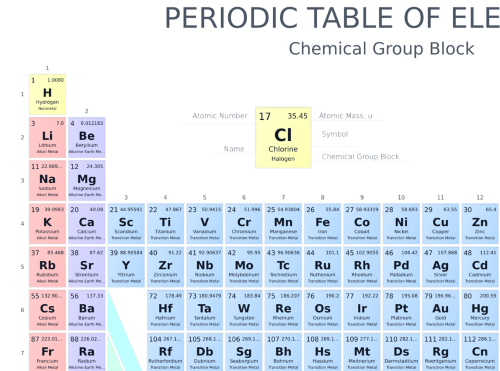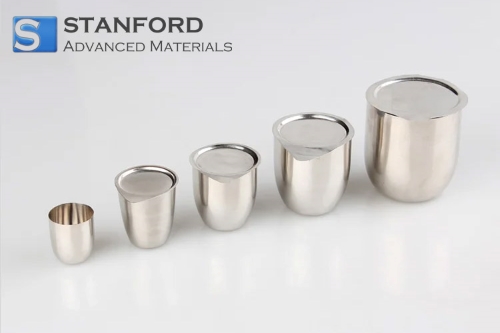Metric Prefixes: Conversions and Common Examples

Metric Prefixes Conversion Table
|
Prefix |
Symbol |
Base 10 |
Common Examples |
|
quetta |
Q |
1030 |
- |
|
ronna |
R |
1027 |
- |
|
yotta |
Y |
1024 |
- |
|
zetta |
Z |
1021 |
- |
|
exa |
E |
1018 |
- |
|
peta |
P |
1015 |
- |
|
tera |
T |
1012 |
- |
|
giga |
G |
109 |
- |
|
mega |
M |
106 |
- |
|
hectokilo |
hk |
105 |
- |
|
myria |
ma |
104 |
- |
|
kilo |
k |
103 |
1 kilometer (km) = 1000 meters (m) |
|
hecto |
h |
102 |
1 hectometer (hm) = 100 meters (m) |
|
deka |
da |
101 |
1 dekameter (dam) = 10 meters (m) |
|
UNIT |
1 |
100 |
- |
|
deci |
d |
10-1 |
1 deciliter (dL) = 0.1 liter (L) |
|
centi |
c |
10-2 |
1 centimeter (cm) = 0.01 meter |
|
milli |
m |
10-3 |
1 milliliter (mL) = 0.001 liter |
|
decimilli |
dm |
10-4 |
1 decimilli liter (dmL) = 0.0001 liter |
|
centimilli |
cm |
10-5 |
1 centimilli liter (cmL) = 0.00001 liter |
|
µ |
10-6 |
1 microliter (μL) = 0.000001 liter |
|
|
n |
10-9 |
1 namometer (nm) = 0.000000001 nm |
|
|
pico |
p |
10-12 |
1 picoliter (pL) = 0.000000000001 liter |
|
femto |
f |
10-15 |
- |
|
atto |
a |
10-18 |
- |
|
zepto |
z |
10-21 |
- |
|
yocto |
y |
10-24 |
- |
|
ronto |
r |
10-27 |
- |
|
quecto |
q |
10-30 |
- |
Metric Prefixes: FAQs
1. What are Metric Prefixes?
Metric prefixes are symbols added before a unit of measurement to indicate a multiple or fraction of that unit. They are widely used to express quantities across a broad range of magnitudes in scientific and engineering contexts.
2. Why use Metric Prefixes?
Metric prefixes provide a standardized way to represent measurements, making it easier to work with a wide range of values. They simplify communication and calculations involving quantities of different magnitudes.
3. Are Metric Prefixes exclusive to the metric system?
While originating from the metric system, these prefixes are not exclusive to it. They are commonly used in various scientific and engineering disciplines globally to express measurements in a concise and consistent manner.
4. How do I convert between Metric Prefixes?
To convert between metric prefixes, adjust the decimal point. Moving to a larger prefix involves multiplying, while moving to a smaller prefix involves dividing. For example, to convert from millimeters (mm) to centimeters (cm), divide by 10.
Understanding metric prefixes is fundamental for accurate and standardized communication of measurements in diverse scientific and engineering disciplines. For more information, please reach us at https://samaterials.com/.



